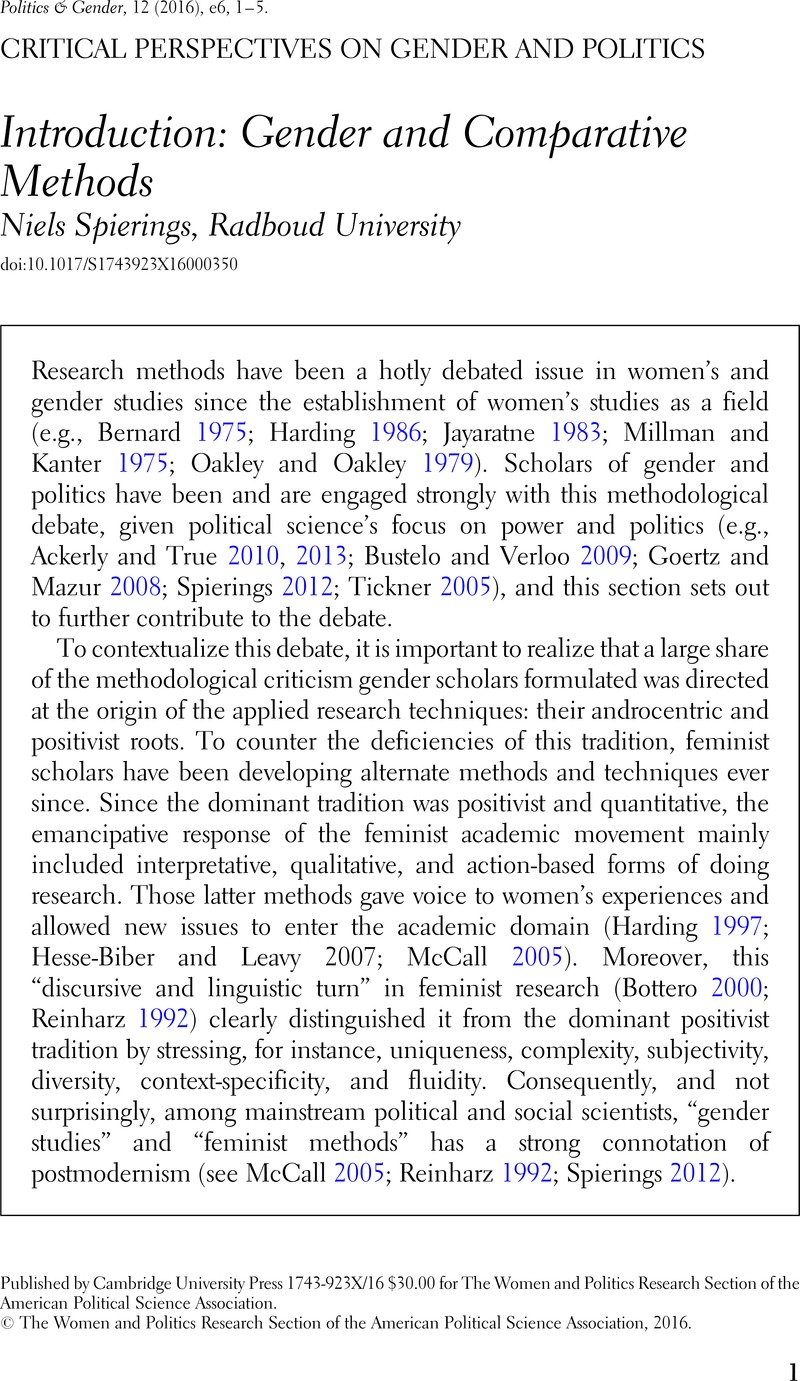Crossref Citations
This article has been cited by the following publications. This list is generated based on data provided by Crossref.
Goby, Valerie Priscilla
2024.
Legitimising Emirati women’s expanding economic agency via narratives of the past.
International Journal of Organizational Analysis,
Vol. 32,
Issue. 5,
p.
789.



